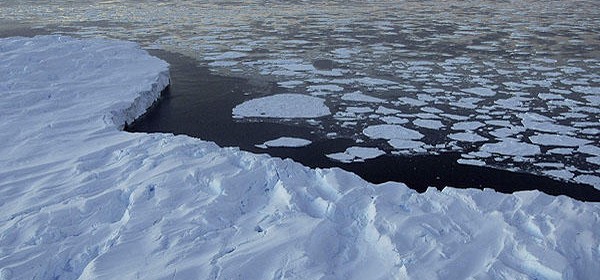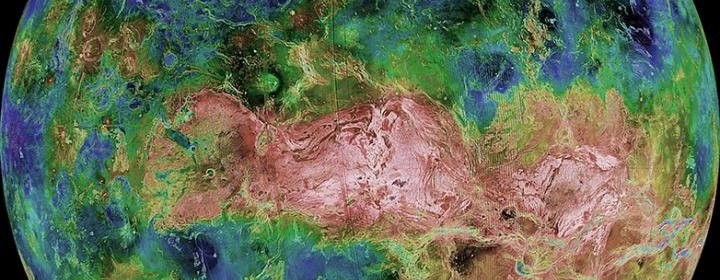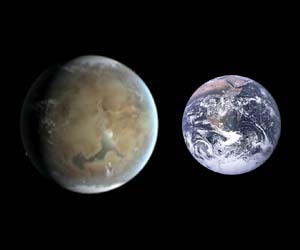Cartoon – In Gods Kitchen




Historic drought: Broiling heat baked much of the U.S. heartland this week, as the nation’s worst drought in more than 50 years devastated corn, soy, and other vital crops. More than 1,000 counties in 26 states have been declared natural disaster areas and 38 percent of the nation’s corn crop is in danger of withering in the field, the U.S. […]
Read more
CAPE LEGOUPIL, ANTARCTICA: From the ground in this extreme northern part of Antarctica, spectacularly white and blinding ice seems to extend forever. What can’t be seen is the battle raging thousands of feet below to re-shape Earth. Water is eating away at the Antarctic ice, melting it where it hits the oceans. As the ice sheets slowly thaw, water pours […]
Read more
“Knowing what a chicken looks like and what all the chickens before it looked like doesn’t help us to understand the egg,” says Taras Gerya. The ETH Professor of Geophysics uses this metaphor to address plate tectonics and the early history of the Earth. The Earth’s lithosphere is divided into several plates that are in constant motion, and today’s geologists […]
Read more
Two NASA probes that spent last year orbiting the moon have returned stunning new geological maps that could help explain how it, Earth, and other planets in our solar system formed. The probes, named Ebb and Flow, flew identical orbits just miles above the moon’s surface to measure its gravity field. Slight disruptions in their paths—caused by the push and […]
Read more
Oceans are dying due to… – sewage – radiation – heating up – acidity – dumping – overfishing If we do not become more proactive about the longevity of our planet’s resources and the lives of all creatures, then we may very well be our own ultimate demise. So many factors effect our planet’s sea life to the point […]
Read more
Vast reserves of freshwater have been discovered beneath the seabed of continental shelves off Australia, China, North America, and South Africa—a potentially valuable resource for coastal cities needing to alleviate water shortages or combat drought. The finding comes from a new analysis of seafloor water studies conducted for oil and gas exploration purposes. The total volume of these untapped reserves […]
Read more
Earth got off relatively easy last week after being hit by the biggest blast of solar radiation since 2005—but we may not be so lucky next time. Last week’s coronal mass ejection, in which a solar flare whipped an arc of magnetic particles toward Earth at 4 million mph, led some airlines to reroute flights away from the poles, where […]
Read more
According to National Geographic, the coldest place on Earth is the East Antarctic Ice Sheet with temperatures as low as minus 144 degrees Fahrenheit. The temperature reading was taken during the polar winter and is the lowest temperature ever recorded on the Earth. Russia’s Vostok Weather Station previously held the record for the lowest recorded temperature. However, that record has […]
Read more
The two most Earth-like planets ever found have been spotted in a single solar system 1,200 light-years away. Astronomers monitoring data from the Kepler spacecraft said the two worlds, dubbed Kepler 62e and Kepler 62f, were the two outermost planets circling a star about a third dimmer and smaller than the sun. Both orbit within the habitable zone within which […]
Read more